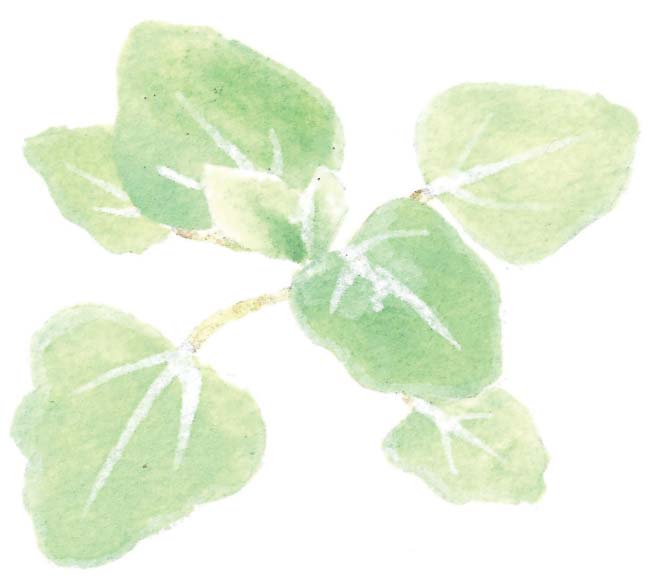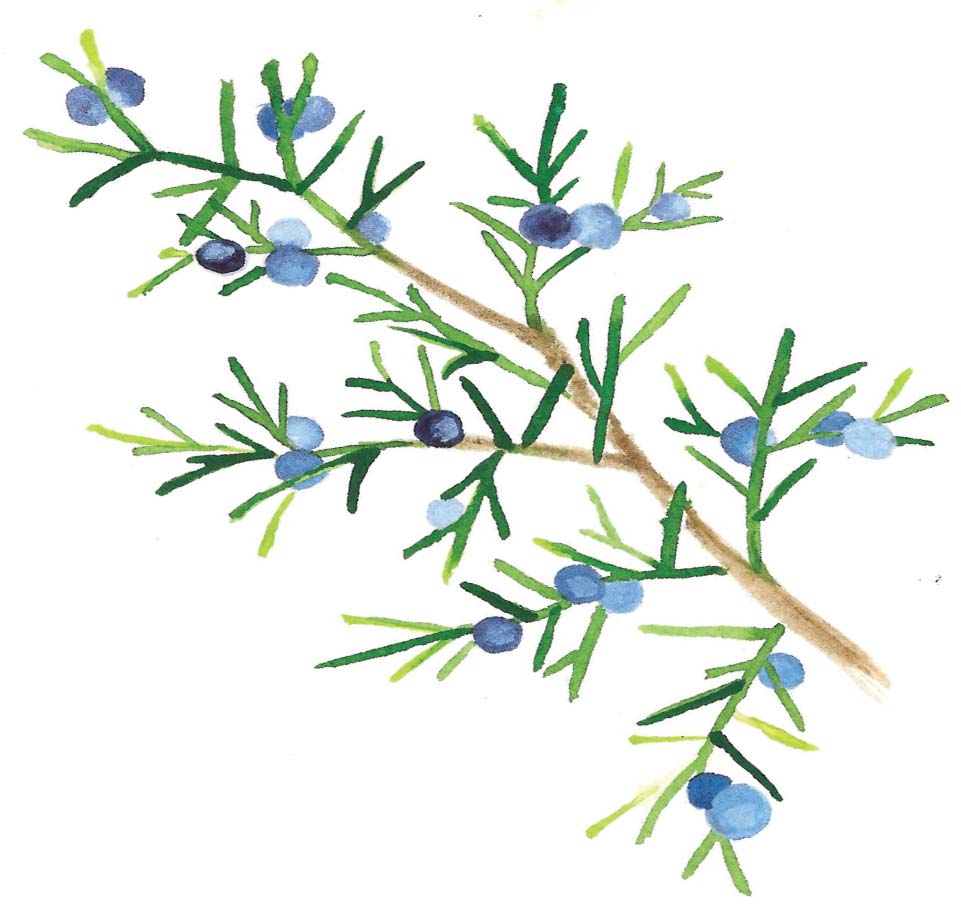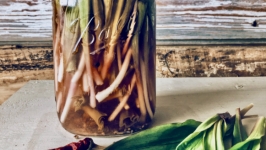INDIGENOUS EDIBLES: WILD WEEDS
illustrations and layout: Caryn Scheving
Indigenous (in-DIJ-en-us): Originating or occurring naturally in a particular place; native
Although Indiana is renowned for the abundant food crops grown here by hardworking Hoosier farmers, some tasty and healthful delicacies just pop up naturally, like weeds. They might not be as familiar as other items from the garden or grocery store, but they offer the true taste of Indiana—because they are indigenous. Here is an introduction to a few of them.
“Food is everything we are. It’s an extension of nationalist feeling, ethnic feeling, your personal history, your province, your region, your tribe, your grandma. It’s inseparable from those from the get-go.” —ANTHONY BOURDAIN
Lamb’s Quarter

EDIBLE PARTS
Leaves, shoots. Pinch the tips out to save and continue to grow
Lamb's quarter is “one of the most nutritious weeds in the world. The other is purslane.” —MICHAEL POLLAN
Also known as: Wild spinach, fat hen, pigweed
Latin name: Chenopodium album
Related to: Quinoa, beets, spinach, Swiss chard
Features: Leaves resemble the shape of a goose foot and the plant produce clusters of tiny green flowers. The white underneath the leaves is water repellent and can be a salt alternative.
Health benefits: Nutrient-dense with vitamins A, C, B1, B2, iron and protein. Mash into a paste to treat insect bites, burns and eczema. May be used to relieve upset stomach or treat diarrhea. Known to reduce inflammation and increase circulation. Does contain oxalic acid, which can be toxic in high doses.
Environment: Gardens, fields, near water, landscaped areas, disturbed soils. Often left in gardens or crops as a trap crop to decoy pests away from other crops.
Cultural uses: A tradition food crop in Northern India. Native Americans consume to improve their blood.
Preparation: Substitute for spinach, use in pesto instead of basil, use in smoothies, salads and soups. Young lamb’s-quarter greens can be juiced and used as natural detox. Harvest seeds in the fall, grind them for baking, use as microgreens or sprouts.
Amaranth Grain

EDIBLE PARTS
Seeds
Latin name: Amaranthus spp. Similar to: Grains, rice or maize
Features: Nutty-tasting seeds and spinach-flavored leaves. Seeds are used as grains and it is gluten-free. Health benefits: Can help lower hypertension and cardiovascular disease. Has been identified to have some cancer-preventing benefits.
Environment: Loves heat and well-drained soil. Is often considered a weed in the Great Plains and is often found in pastures.
Harvest: To harvest grains, allow the amaranth to flower then pick off the blossoms before they turn brown and put them in a paper bag. Once they are dry, shake the bag and collect the grains.
Cultural uses: The Aztecs cultivated the grain to make tamales, tortillas and atole (a beverage). During Day of the Dead ceremonies, the seeds are offered as food for the spirits.
Preparation: Cook as you would pasta or rice. Good to eat like porridge, or make amaranth pudding or use in smoothies. Can be used as a thickener for soups, sauces and jellies. The grains can also be pressed for oil.
Juniper Berries

EDIBLE PARTS
Berries
Latin name: Juniperus communis
Features: The only spice to come from conifers. It is berry-like but a female seed cone.
Health benefits: Juniper berry essential oils contain antioxidants and are used as a natural antiseptic to help wounds heal faster and to improve digestion.
Environment: The tree or shrubs grow in temperate climates. They can grow in soil or in rocky areas.
Harvest: Berries that are mature (purplish black color) are used as a spice. Berries that are fully grown but immature (green) are used to flavor gin. Can be used fresh or dried. Fullest flavor comes immediately after harvest. The flavor comes from the inside of the berry, so it is crushed before being used.
Preparation: The flavor profile works well with wild game such as boar, venison, duck and woodcock. Often used in European cuisines like pork, cabbage and sauerkraut dishes.





